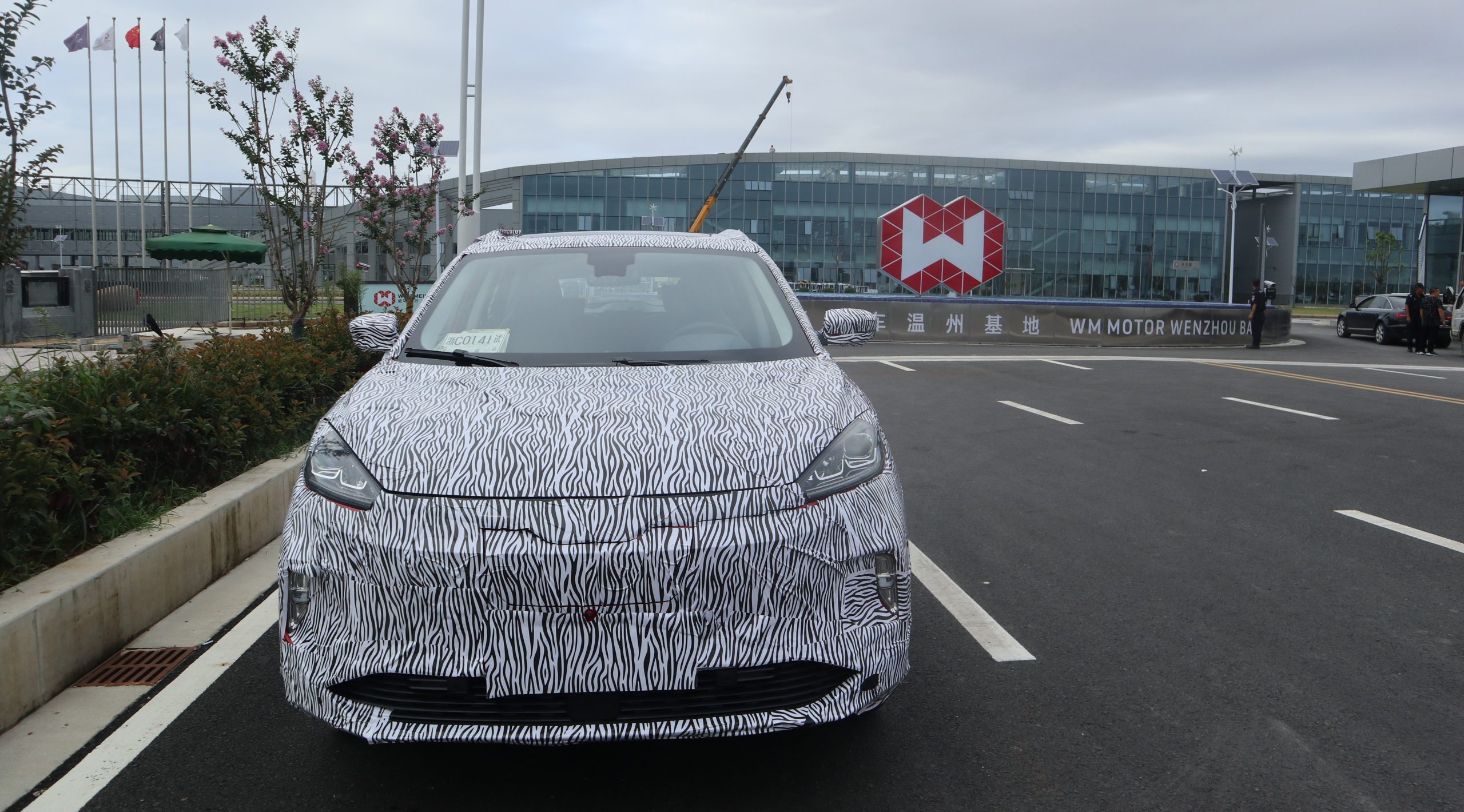When I received an invitation for a range test from WM Motor, I was quite surprised.
On the one hand, as WM Motor has not yet achieved mass production and delivery, the test vehicles provided are not actually the mass-produced models. On the other hand, the battery issue has always been a difficult point for WM Motor to avoid and escape from public opinion. At this critical juncture, WM Motor’s invitation to the media for a range test shows a certain level of confidence.
The biggest question the public has about WM Motor is the false battery life statement. After driving the WM EX5 for over 200 kilometers in Wenzhou, I got some answers to my doubts about it, which will be revealed later.
In order to eliminate everyone’s concerns about the authenticity of the range test, we used two different mobile apps for location tracking, recorded the driving route, and took dashboard photos at each time node to cross-validate the data of this range test.
Test Conditions
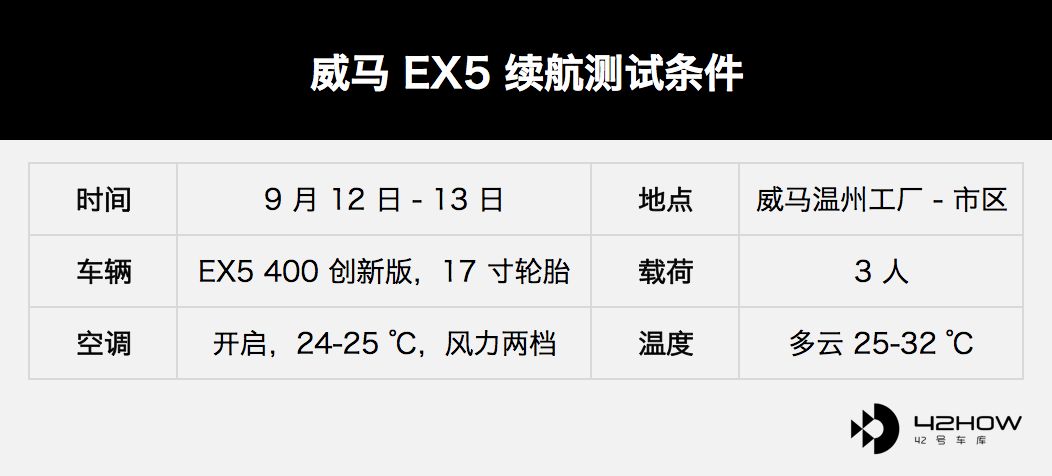
1. Time: On September 12th, we traveled from Shanghai to Wenzhou, and on September 13th, from Wenzhou back to Shanghai. The test time was the afternoon of September 12th and the morning of September 13th. We mainly tested the performance of the ECO mode on the afternoon of September 12th, and the performance of the sport mode on the morning of September 13th.
2. Location: We picked up the car from WM Motor’s factory in Wenzhou, and the first half of the whole journey naturally started from the factory. The surrounding roads of the factory are suburban roads. In the second half of the journey, we drove the car to the urban area to test its performance under congested road conditions. The entire test was conducted autonomously, and the first part of the route was based on the advice provided by the staff.
As this car is a test vehicle with a test license plate, it is limited to the Wenzhou area and cannot go on the highway. Therefore, the test did not include highway sections.
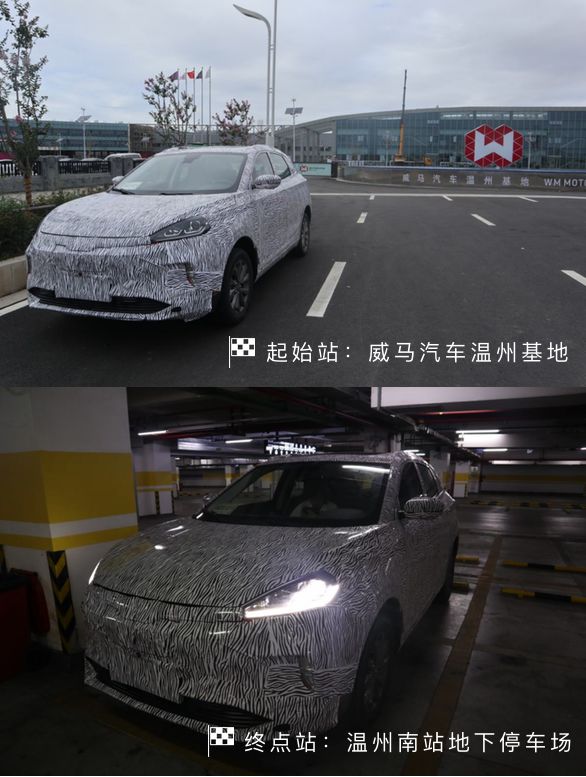
3. Vehicle: WM EX5 400 Innovation Edition, with 17-inch Linglong tires and CATL battery cells, is the first batch of the final phase before mass production. According to WM Motor’s official explanation, the three-electric performance of this car is the final version, and other parts of the vehicle, such as dynamic performance and interior, will be optimized once more. After mass production, the tires will also be adjusted to Michelin or other well-known brands.
When we received the car, the odometer on the dashboard showed 688 km, and according to the staff, they had driven it around for testing and it lacked running-in.“`
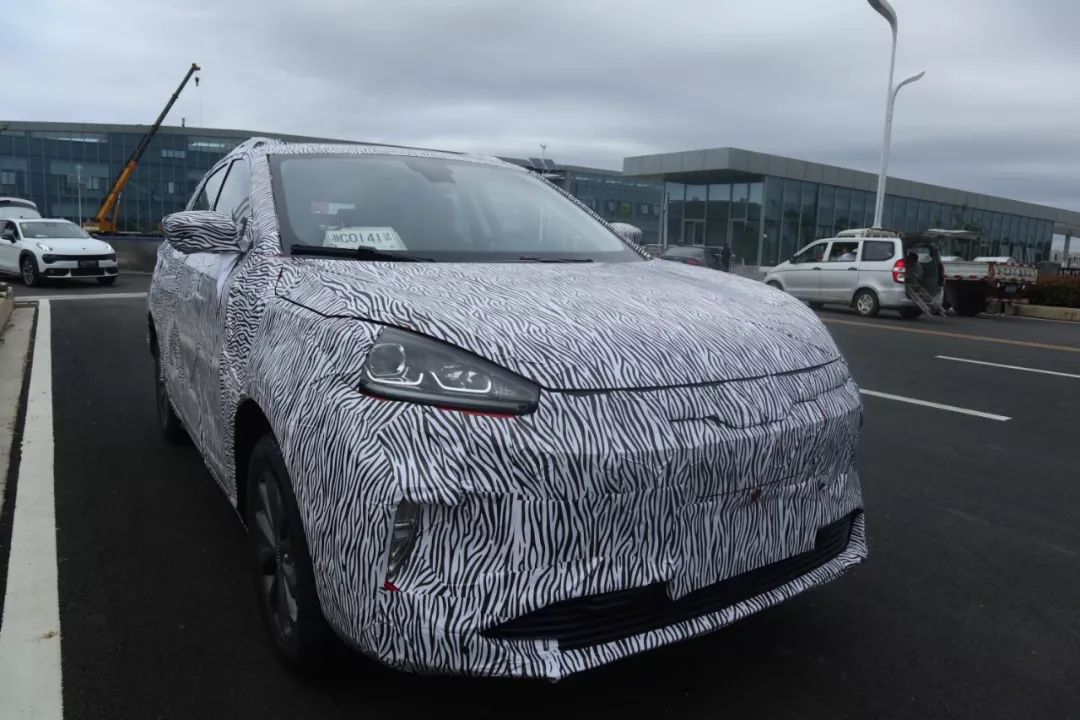
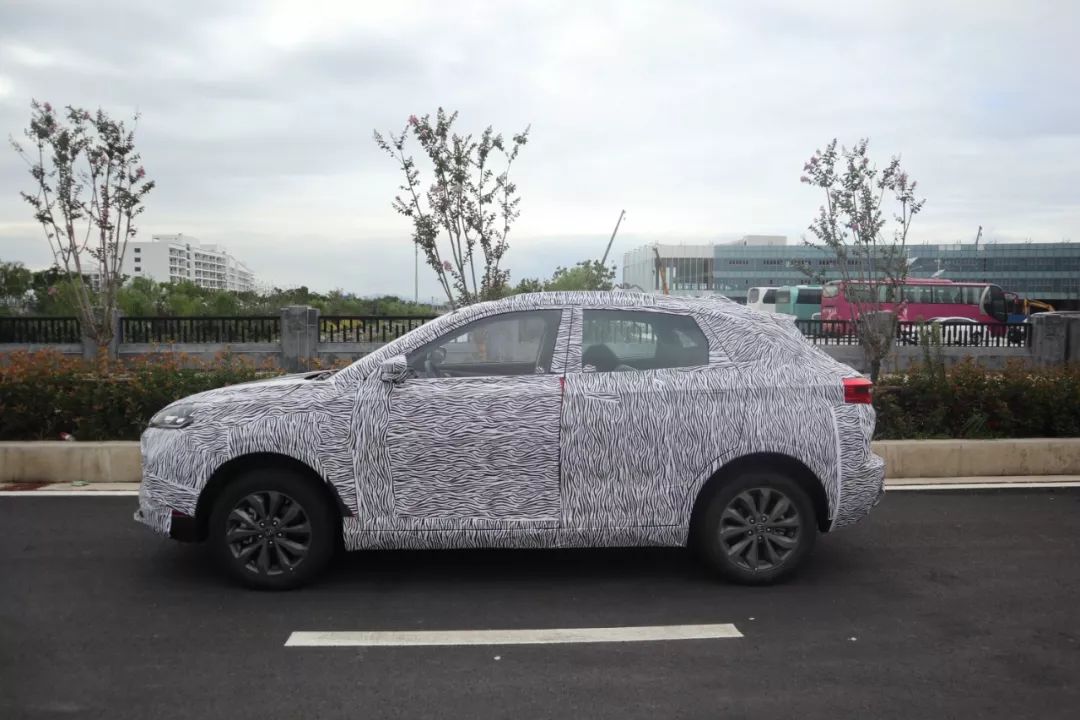
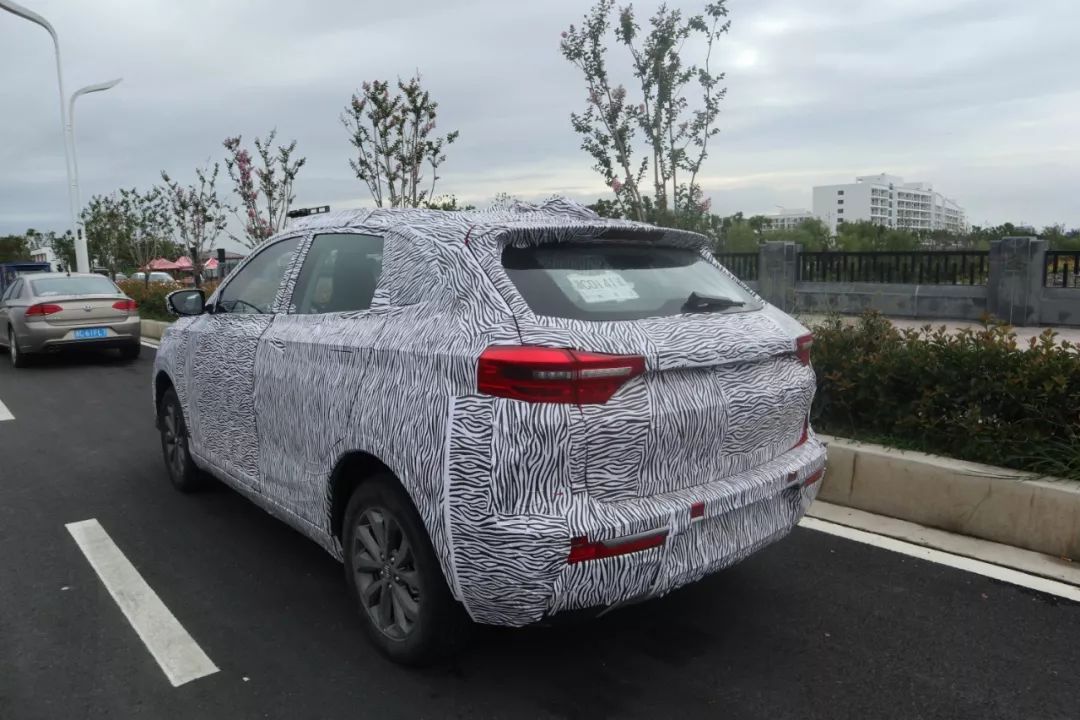
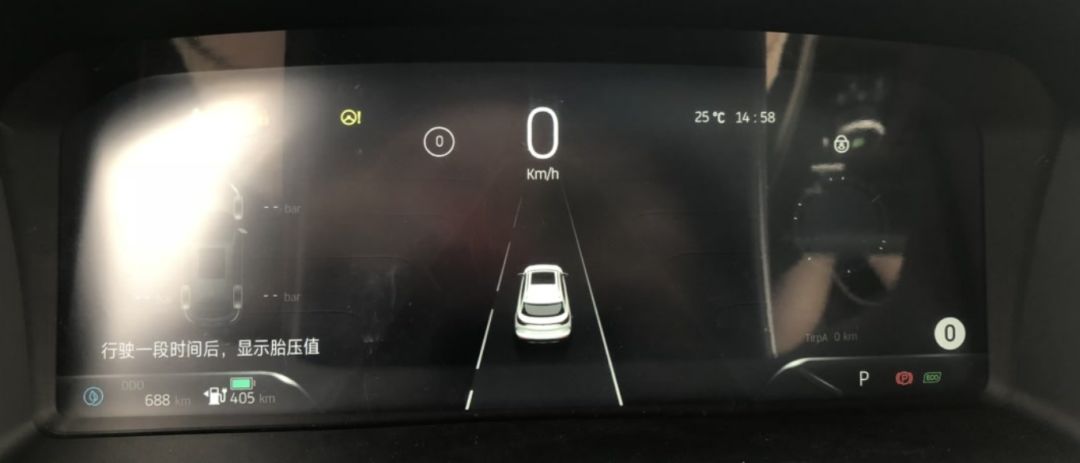
4. Temperature: Local temperature is mostly cloudy at 25-32℃.
5. Air conditioning: The air conditioning was on throughout the test at 24℃-25℃ with the wind speed at around second gear (adjusted slightly due to feeling cold halfway through).
6. Load: Three people were in the car, including myself, the captain of Zheren, and one of WM’s staff.
7. Driving modes: WM’s driving modes are divided into ECO and sport modes, and the difference in range between the two modes is quite large. We tested the performance of the car on roads in suburban and urban areas in both modes. However, in our statistics for ECO mode, there were also several kilometers of driving in sport mode. This was due to unfamiliarity with the vehicle when testing its performance. In the final statistics for ECO mode over 100 kilometers, this can be ignored.
8. Statistical tools: We used two apps, Aowe and Speedometer, on our phones to track speed and sections.
Displayed Range Logic
We drove a total of 244 kilometers and the SOC energy dropped from 100% to 20%, using 80% of the energy. Before explaining the difference between the displayed ranges at the starting and ending points, it should be noted that WM’s displayed range logic dynamically adjusts based on different usage states of the vehicle.
When we first received the car, the displayed range was 405 km. After turning on the air conditioning, the displayed range was 373 km. Both of these values are for ECO mode, and the vehicle was restarted once in between but did not move.
“`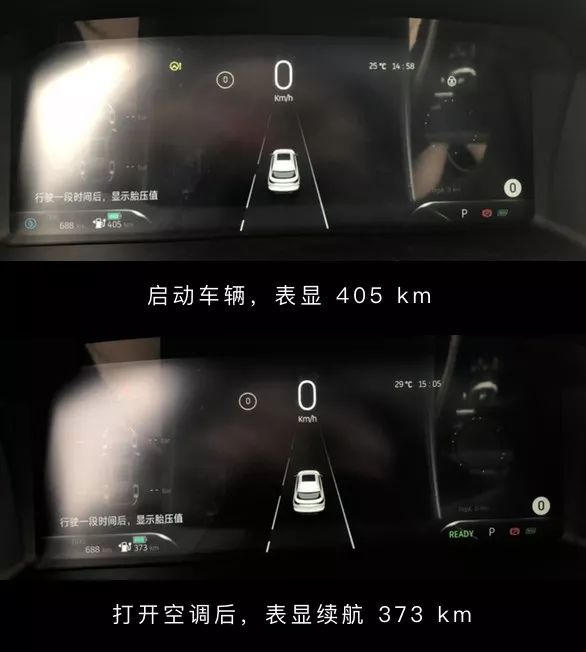
During the test, we did not know that the range values would also change in ECO and sport modes. So we didn’t take a picture of the range data in sport mode at the beginning. During the test drive, we took a photo of the range data in sport mode.
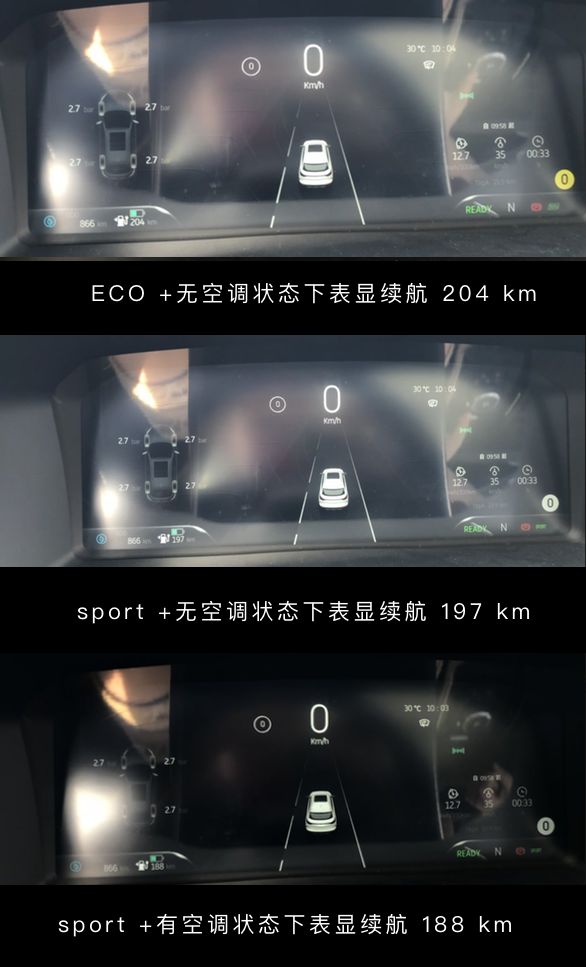
In addition, there is a comparison chart of the central control display, which fully illustrates the difference in range with the air conditioning switch on and off. In the following diagram, with the same battery level of 36%, the range displayed with the air conditioning on is 146 km, while without the air conditioning on, it is 153 km, a difference of 7 km.
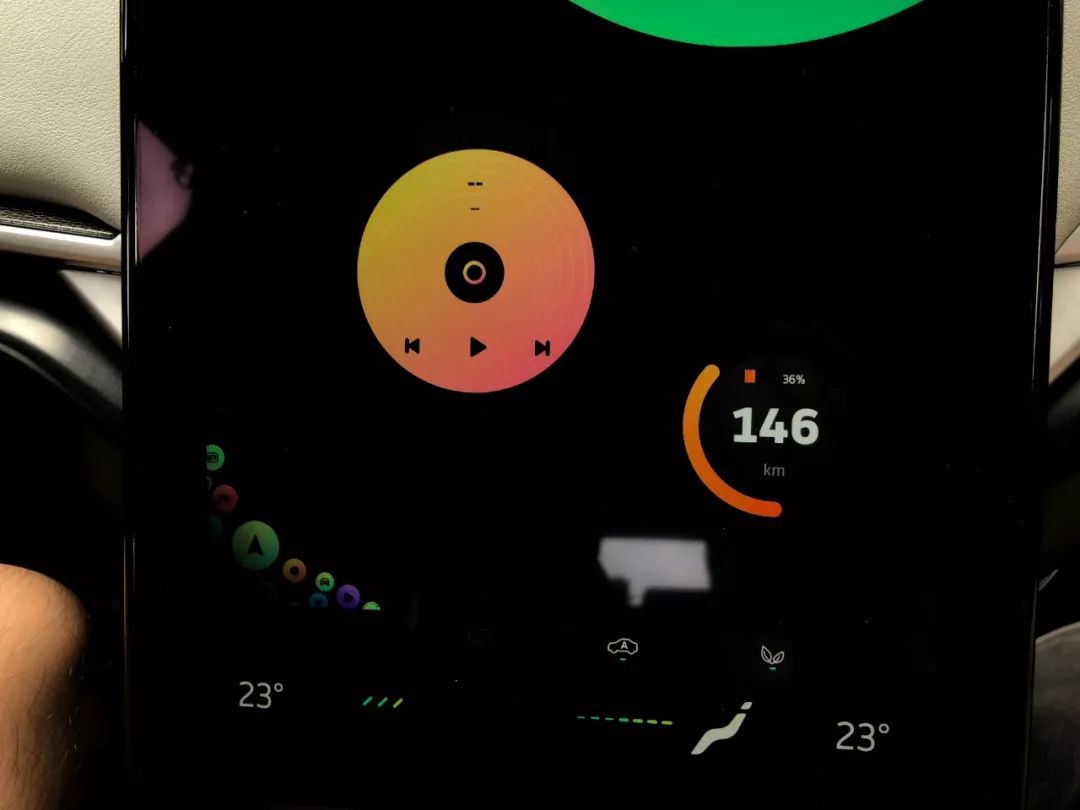
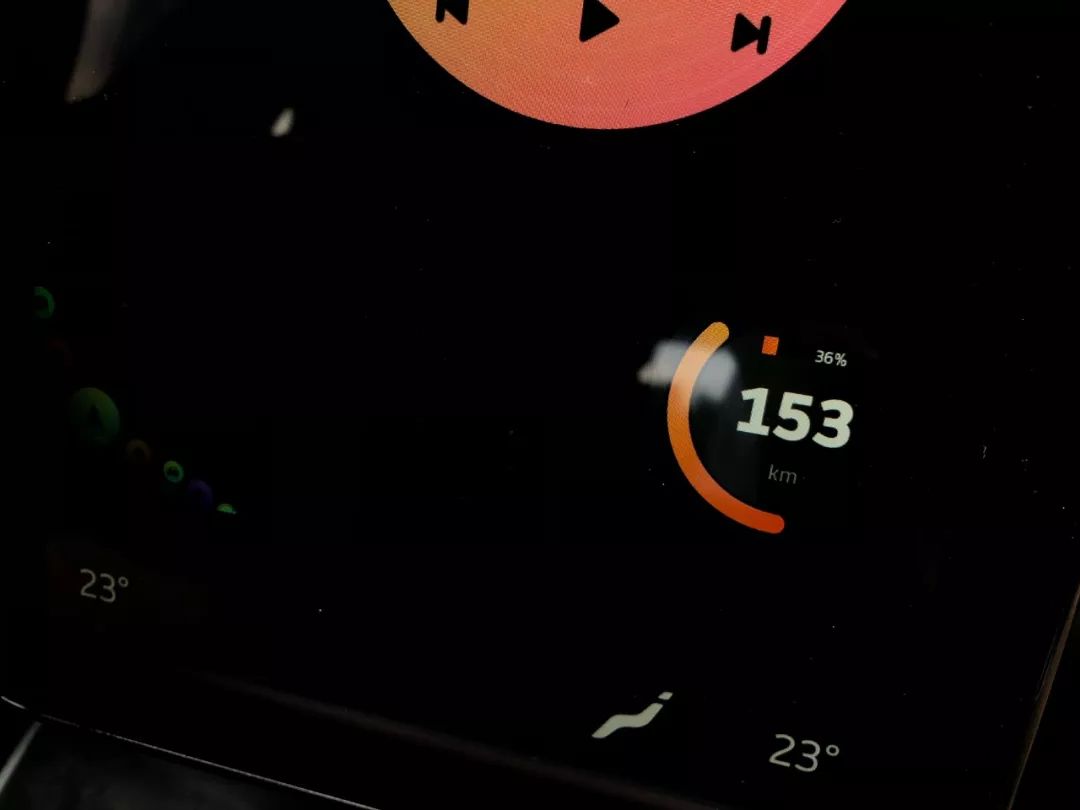
Combining the above two sets of data, turning on the air conditioning can cause a difference of 7-9 km in the displayed range, while switching between ECO and sport modes can cause a difference of 7 km.
Therefore, when viewing the range test results of WM Motor, it is important to understand the conditions in which the range is displayed. The initial and final modes should be kept the same for accurate statistics.
In our test, the data for ECO mode was recorded from 373 km to 225 km, while the data for sport mode started at 215 km (the same battery level as ECO) and ended at 89 km. If we record the entire test in ECO mode, the range would be from 373 km to 99 km, with a total range of 274 km.
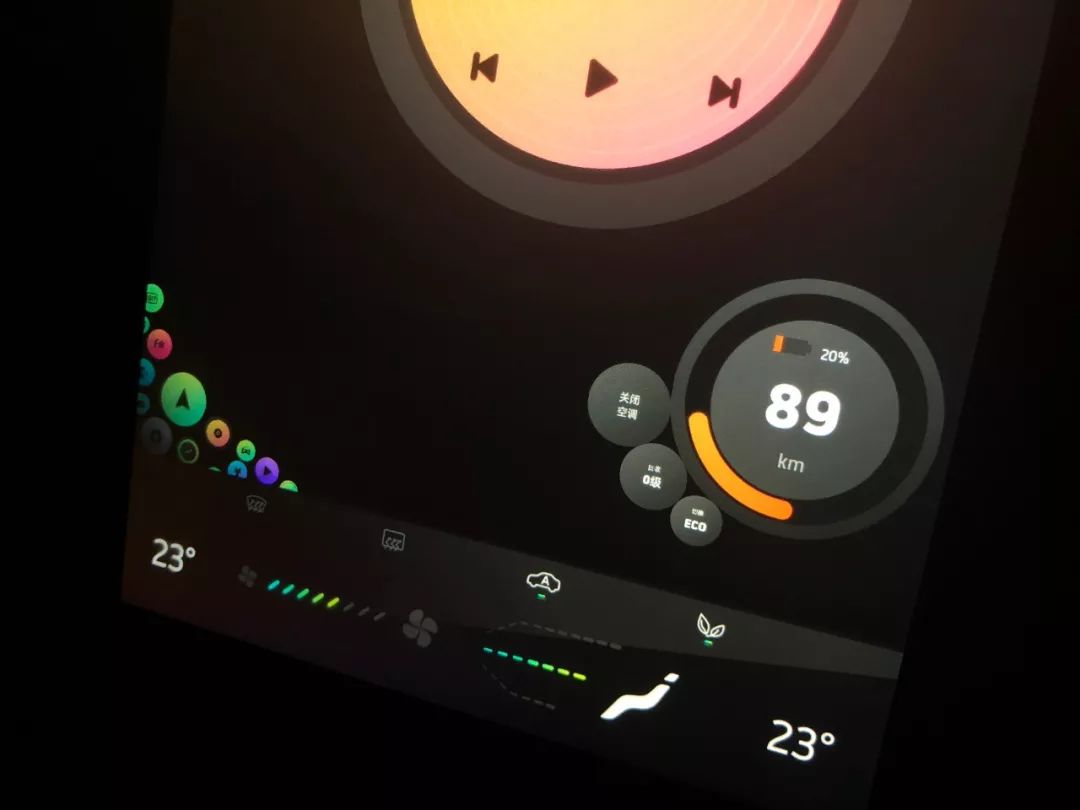
Range statistics by section
Now, let’s take a look at the range data section by section.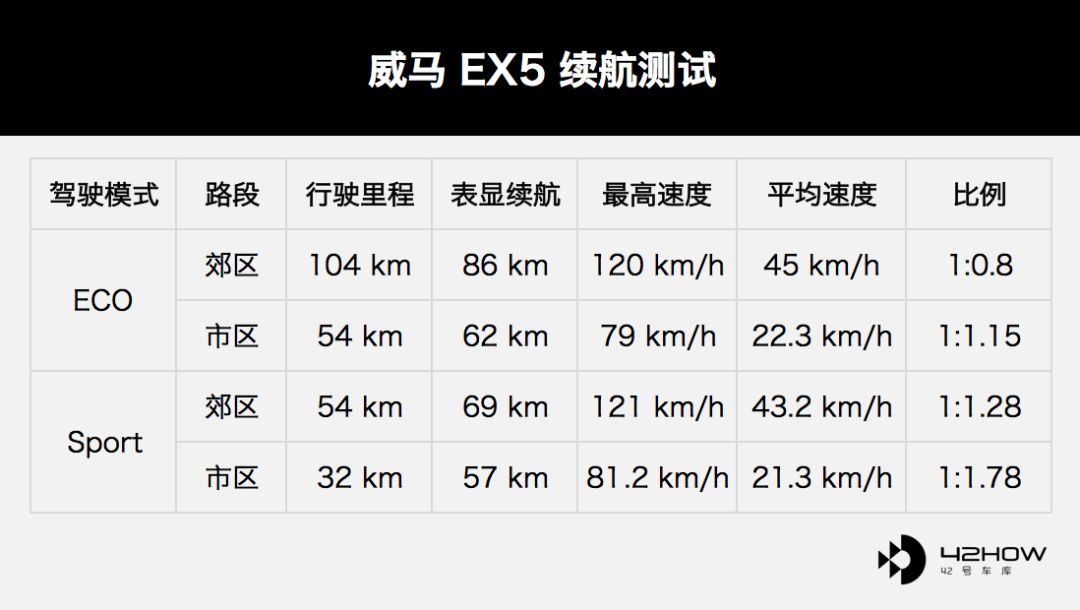
- When driving in ECO mode in suburban areas, you can see that the ratio of actual range and displayed range is 1:0.8, which is quite amazing. This also made our impression of this car very good when we just started driving the EX5, with a feeling of driving back to DENZA, one kilometer down for every kilometer driven. There are not many traffic lights, and the traffic is not congested either. The road conditions are roughly like this.
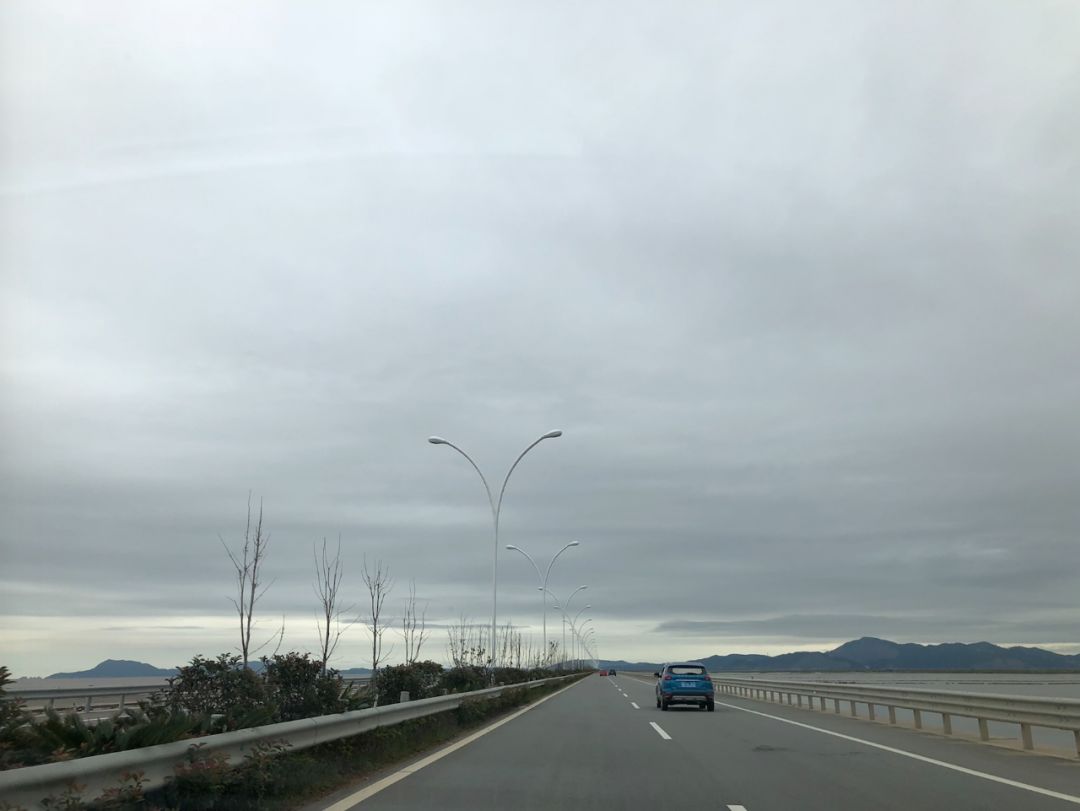
As we drove, we felt that the driving conditions were too friendly, because suburban/highway sections are basically the best segments for electric vehicle range testing. So we decided to head to the city center.
- We drove in the direction of the train station, and despite many traffic lights and road congestion, the range still performed amazingly at a ratio of 1:1.15. For this reason, I even consulted our Wenzhou group of friends to find out which road was more congested.

When we later switched to sport mode, we understood it instantly. ECO mode should be a mode that WM designed for good range performance, with the highest priority being range performance, not driving experience.
Hmm, the driving experience between ECO mode and sport mode, we made a comparison, just like the difference between BAIC and Tesla. In ECO mode, you work hard to interact with the pedal, but it always maintains a love-hate attitude, which is very cool. In sport mode, it’s very passionate, responsive to your every need, try it yourself.
The difference in driving experience between WM’s ECO and sport modes is the strongest I have experienced among the electric vehicles I have tested so far. This is also good, if you are willing to sacrifice range for driving experience, choose the sport mode; if you are willing to sacrifice driving experience for range, choose ECO mode, so that you can truly make a choice in different scenarios with different needs.
If you ask me to choose, I will still choose to drive in sport mode.
Under sport mode, we collected more detailed data segment by segment.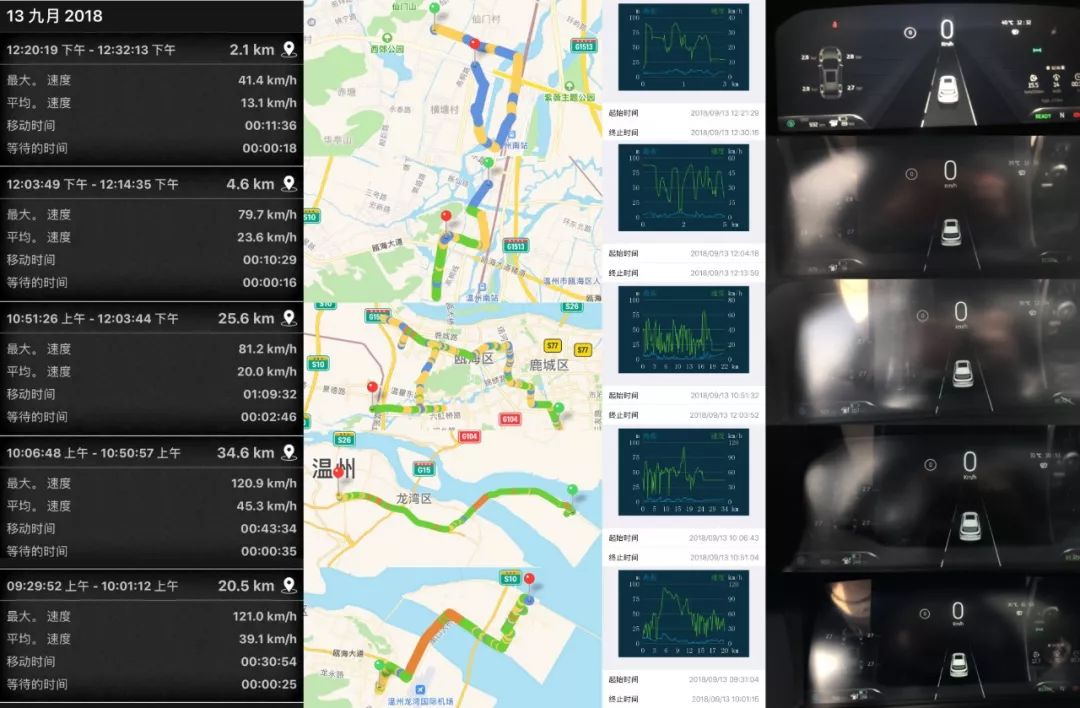
Let me explain the picture above:
-
The two columns on the left are screenshots from Speedometer, showing the vehicle’s speed and the map location of each section traveled.
-
The third column is a screenshot from Aowei, mainly showing the dynamic change of the vehicle’s speed, allowing us to feel the acceleration and deceleration of the vehicle through the dynamic chart.
-
The fourth column is a live shot of the instrument cluster, all of which are in sport mode with the air conditioning turned on.
This is what I mentioned earlier about using different evidence to cross-validate the authenticity of our testing. You can check each photo, and the time points can all match.
Let’s make a data statistics table for these five sections.
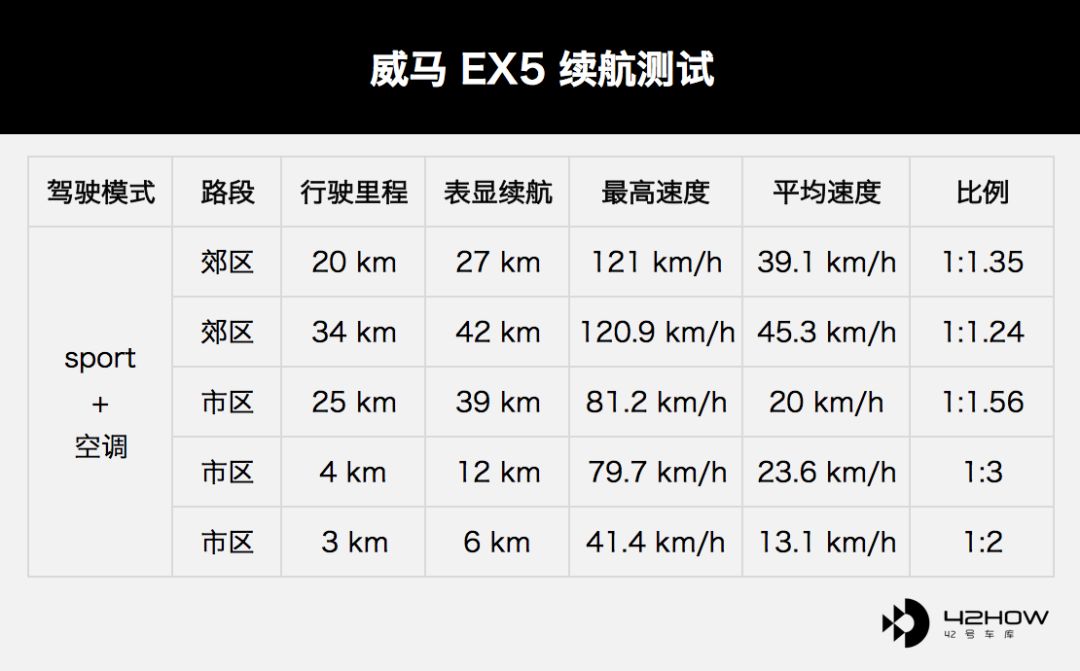
It can be seen that the two data with the largest disparity in proportion come from the last half hour of the data, when we drove seven kilometers with an average speed of 14 km/h, and the energy consumption was the most terrifying. From the chart, we can see that in the last half hour, we were basically about to reach Wenzhou South Station and enter the parking lot.
If we exclude these two data points, the energy consumption proportion of EX5 in the third section is still better at 1:1.56. This is also based on the actual test results, with the help of suggestions from our group members, navigating to the city section of Renmin Road.
Conclusion
After completing the entire test, our doubts about the EX5’s endurance performance have temporarily been dispelled. When I actually drove the WM EX5 on the roads of Wenzhou, the sense of closeness to the product was better than continuously watching negative reports about WM on the computer. And because our initial expectations were relatively low, the overall performance and the interior, which may continue to be optimized, are not as bad as we originally thought, and are even much better than we expected. The WM EX5 is still the model we consider to have sufficient cost performance in this price range.If based on the data obtained from our test, the overall range of the ECO mode achieved a score of 1:0.94, and the actual range of the WmAuto EX5 is 398 km when calculated based on the initial displayed range of 373 km with air conditioning turned on. The overall range of the sport mode achieved a score of 1:1.47, and the initial displayed range with air conditioning turned on in the ECO mode is 373 km, while the initial displayed range with air conditioning turned on in the sport mode is around 363 km. Therefore, the final overall range achieved by the sport mode is 248 km.
However, it should be noted that the test sample size is limited and the performance of the vehicle may vary at low battery levels. Therefore, this speculated data is only for reference. We recommend users to use the ECO mode when experiencing range anxiety, even in urban areas, as it can achieve good range performance.
After the test in Wenzhou, WmAuto’s production vehicles have slowly arrived at the dealership. Some of our car friends in the group have also gone to see the actual car on site.
Some people questioned whether there were many people queuing at the scene, but based on our experience of dealing with prospective car owners, many people are still looking forward to the EX5 and have not cancelled their orders. We consulted the manufacturer regarding this matter and received a response that there are both cancelled and new customers, with a total order of more than 10,000 units.
This is another manufacturer that has started mass production and delivery to customers following NIO. Of course, we are still not sure whether the production ramp-up can meet expectations. Nonetheless, we wish them well.* Are WM’s Three-electricity Technologies that Catch Fire before Delivery Trustworthy?

This article is a translation by ChatGPT of a Chinese report from 42HOW. If you have any questions about it, please email bd@42how.com.
